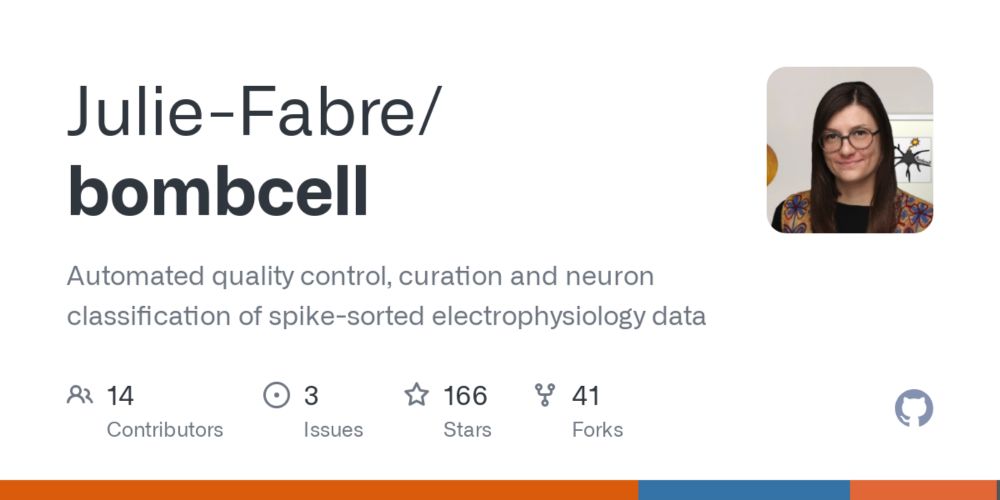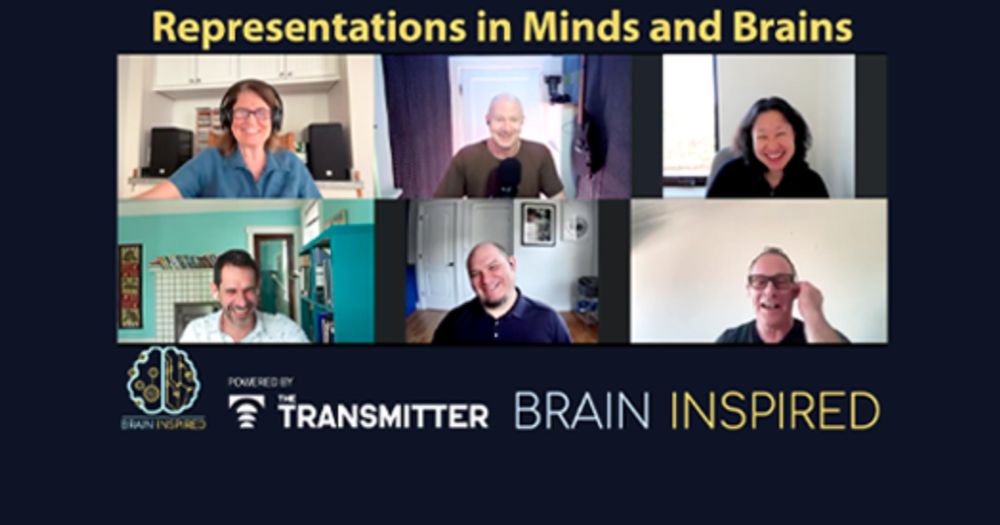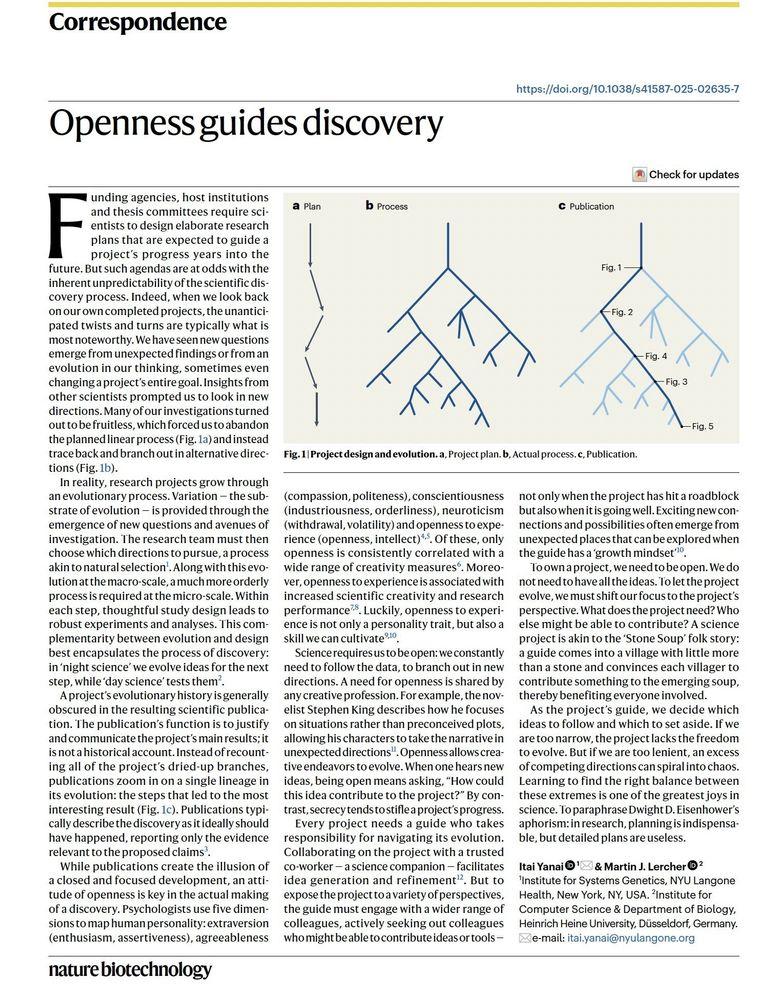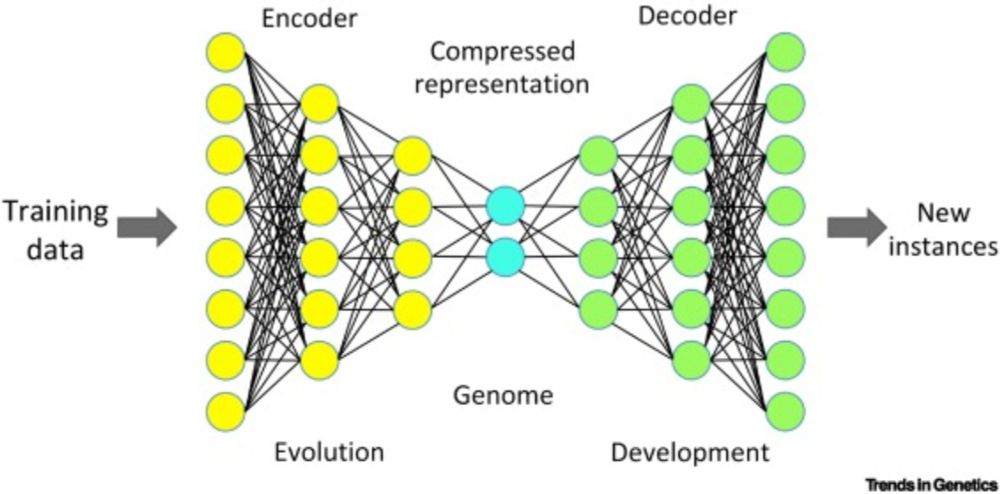
Address all correspondence to Dr. SissyFuss, Valley of Despair, Dunning-Kruger Curve. Waiting for the boulder to roll back down.
dear internet please consider the possibility that LLMs use em-dashes a lot because they're, like, good
In this work I developed a scaling theory for spiking neural populations using a renormalization group approach -- the 1st, to my knowledge, applied to models of spiking neurons. See the thread for a brief summary.
In this work I developed a scaling theory for spiking neural populations using a renormalization group approach -- the 1st, to my knowledge, applied to models of spiking neurons. See the thread for a brief summary.
www.washingtonpost.com/obituaries/2...

www.washingtonpost.com/obituaries/2...
🧠 Brain-wide map of neural activity during complex behaviour: doi.org/10.1038/s41586-025-09235-0
🧠 Brain-wide representations of prior information in mouse decision-making: doi.org/10.1038/s41586-025-09226-1 +

🧠 Brain-wide map of neural activity during complex behaviour: doi.org/10.1038/s41586-025-09235-0
🧠 Brain-wide representations of prior information in mouse decision-making: doi.org/10.1038/s41586-025-09226-1 +
"At some level, AI does seem to separate good things from bad. It just doesn’t seem to have a preference."

"At some level, AI does seem to separate good things from bad. It just doesn’t seem to have a preference."
www.biorxiv.org/content/10.1...
pip install and play around with our toy dataset:
🔗 github.com/Julie-Fabre/...

pip install and play around with our toy dataset:
🔗 github.com/Julie-Fabre/...
www.thetransmitter.org/brain-inspir...

www.nature.com/articles/s41...

www.nature.com/articles/s41...
www.thetransmitter.org/human-neurot...

www.thetransmitter.org/human-neurot...

www.nature.com/articles/s41...

www.nature.com/articles/s41...

#neuroskyence #jobs
#neuroskyence #jobs



![4-panel comic. (1) [Person 1 with ponytail flanked by person with short hair and another person speaking into microphone at podium] PERSON 1: In the early 2010s, researchers found that many major scientific results couldn’t be reproduced. (2) PERSON 1: Over a decade into the replication crisis, we wanted to see if today’s studies have become more robust. (3) PERSON 1: Unfortunately, our replication analysis has found exactly the same problems that those 2010s researchers did. (4) [newspaper with image of speakers from previous panels] Headline: Replication Crisis Solved](https://cdn.bsky.app/img/feed_thumbnail/plain/did:plc:cz73r7iyiqn26upot4jtjdhk/bafkreibwuu57ullc7vacjyno6c5z3gtyakkg2qub6cn3dbbjdpn2kaowmi@jpeg)